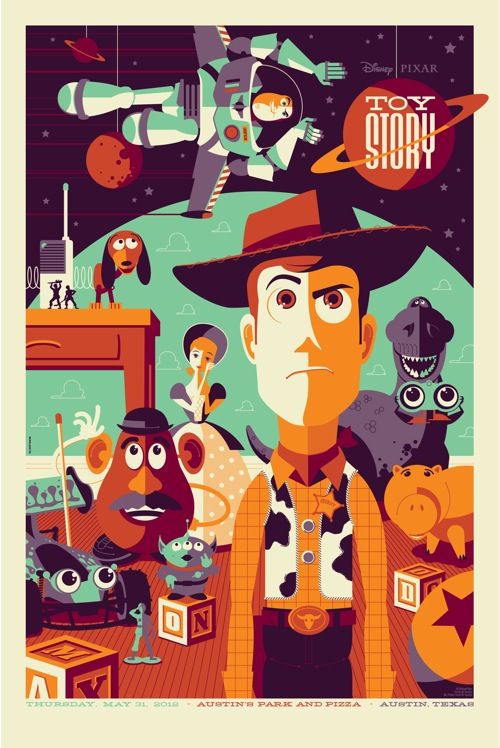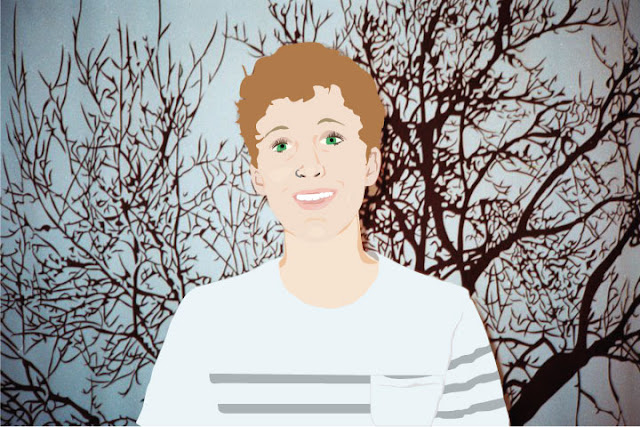Tom Whalen, who is known as StrongStuff on the web, hails from McAdoo, Pennsylvania. He grew up helping his Grandmother, the owner of a candy shop, on Sundays in her store. There was a large rack of comics that he would spend all day reading, and upon his return home he would practice drawing characters from these stories on the drafting table handed down to him from his father. He credits this as "the origin of [his] drawing career." He had no formal art training until attending Kutztown University in Pennsylvania. Whalen has been gaining notoriety in the vector art world for the last five years with the help of DeviantArt, The Cartoonist Society of Philadelphia, and The Autumn Society. Whalen finds inspiration in "comic books, poster art, movies, pop art, toy packaging, stained glass and religion textbooks from [his] childhood."
In an interview Whalen states that his least favorite part of the design and illustration industry is "the proliferation of desktop publishing. There’s a lot of bad design out there. Just because you might have access to a steam shovel doesn’t mean you’re qualified to use it." Who is he to judge the value of another's piece of art? If an individual is enjoying programs such as adobe illustrator, no matter how simply, they should be appreciated solely for their drive to create something. After all, how does one get better at something without starting off small? And hey, if I had access to a steam shovel I would try it out just to try it out.
Honestly, I see little to no meaning behind Whalen's work other than aesthetic value. I could say that his simple color palate and smooth lines represent the sameness that we share and natural harmony in the world, but I do not genuinely believe that. I feel that he is simply creating something nice to look at. This being said, the meaning behind what is displayed in the image likely has an influence. For example, the Star Wars poster incorporates a lot of black and white; the movie is about the struggle between good and evil. Other than the actual image being displayed, I feel the only real intention behind Whalen's work is to make a cohesive and aesthetically pleasing image.
I really enjoy the concept and aesthetic quality of Whalen's work. The simplified shapes and color palette makes those presented appear even stronger. The colors chosen for many of his pieces are muted blues, greens, and oranges which compliment each other greatly. I think the color palette he chooses to work with combined with the style of his vector art give a very vintage feel to the posters. This influences the viewer; they may possibly be feeling nostalgia towards their childhood, I know I did when I saw the Toy Story image.
I do not have any critiques for Whalen's work; most to all of it looks good to me. I think the simplicity of larger figures, such as Yoda below, balance out the detail in smaller figures, such as the storm-trooper. I had the pleasure of finding Whalen's work simply by googling "vector artist". I believe he is fairly popular in the vector art scene, gaining notoriety and even having gallery shows. In September he had a two-man gallery show with a fellow artist, called "Around the World in an 80's Daze" at gallery 1988.
















